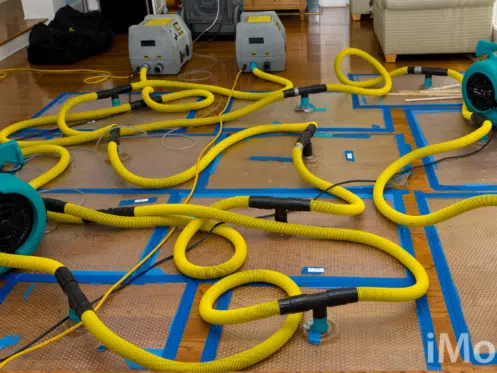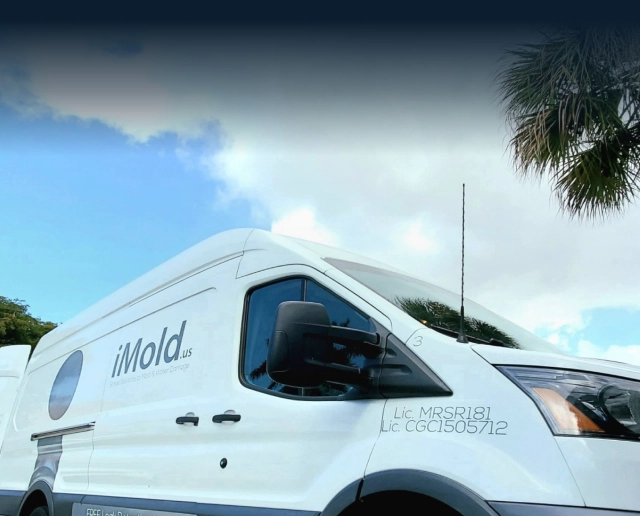Water damage on flooring is nothing to take lightly. Deciding when to repair versus when to replace flooring is a task no homeowner wants to be given. The first step in knowing the best course of action is to identify that water is truly the cause of your flooring damage.
Identification
Identifying water damage varies based on the type of flooring you are concerned about. The basic signs of water damage in flooring are described below. Then, look at your specific flooring type to know what sign applies to you.
- Water Accumulation – Inspect your flooring for areas of standing or pooling water, dampness, or dripping.
- Discoloration – Look for areas that are discolored from the rest of the flooring, typically yellow, brown, or copper.
- Changes In Texture – Warping, cupping, cracking, bubbling, sagging, sinking, expanding, buckling, or peeling are all texture changes that can be associated with water-damaged flooring.
- Odor – Even when not visible, mold and mildew can be detected by the pungent smell it produces. Mold grows quickly when water is present. Flooring with water damage is no exception to mold growth.
Hardwood
Cupping (damaged wood planks dip downward/sinking) or the opposite with bulging planks. Discoloration, mold, and mildew present visible or in odor.
Tile
Loose tiling, staining/ discoloration. Difficult to identify- try tapping on the tile with a screwdriver, a hollow noise could mean a loosening tile due to water damage.
Laminate
Warping, cupping, or bulging. Discoloration can occur. Laminate planks can push against each other.
Linoleum
Staining and discoloration are the biggest markers of concern. Linoleum changes color faster than most water-damaged surfaces.
Carpet
Odor is the typical first sign of water damage. Mildew smell will be present first. If a wet texture or staining has appeared the damage is getting worse.
Repair or Replace
For most flooring materials you can examine the floor visibly and know if it is worth the hassle of repairing. If carpeting is stained, that is a good sign mildew is present underneath and, in the subflooring, and replacement is necessary.
Hardwood, laminate, and linoleum, all can be examined topically for texture changes and discoloration as shown above in the table. Should these identifying marks be present, having a professional inspect your flooring and subflooring for mold and permanent damage is best. If the damage has not gone through to the subflooring or is not permanent, repairing may be a more financially suitable option. If the subflooring has been affected or mold is present, total mold and water remediation will be required, followed by replaced flooring.
Tile flooring is the most difficult to identify water damage. The likelihood of water damage depends on the material and density of the tile. Unsealed grout, the adhesive between the tiles and subflooring, can become penetrated by water and damage the subflooring, as well as promote mold growth. This is especially true in cases of bathroom tile where the humidity increases during hot baths and showers. Hiring a professional to inspect your floors for possible water damage is always best practice, to ensure a comprehensive examination has taken place.
Coverage
The good news is most homeowners insurance covers water-damaged flooring. At iMold, we not only provide our expertise in water damage remediation, but we assist our customers with their insurance claims as well. Let us do the hard work for you, on your floors, and with your insurance company, we will do all the dirty work. We also provide discounts for our customers in the military or government, educators, as well as medical employees and first responders. Call our customer service line to set up your water damage appointment today!

